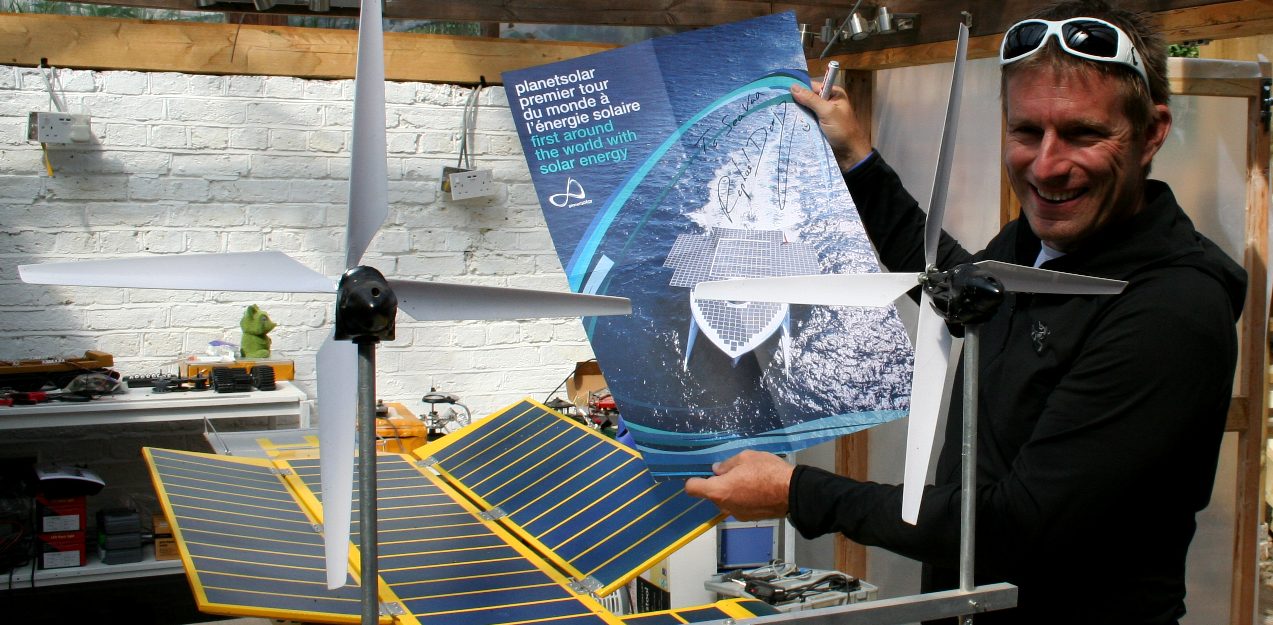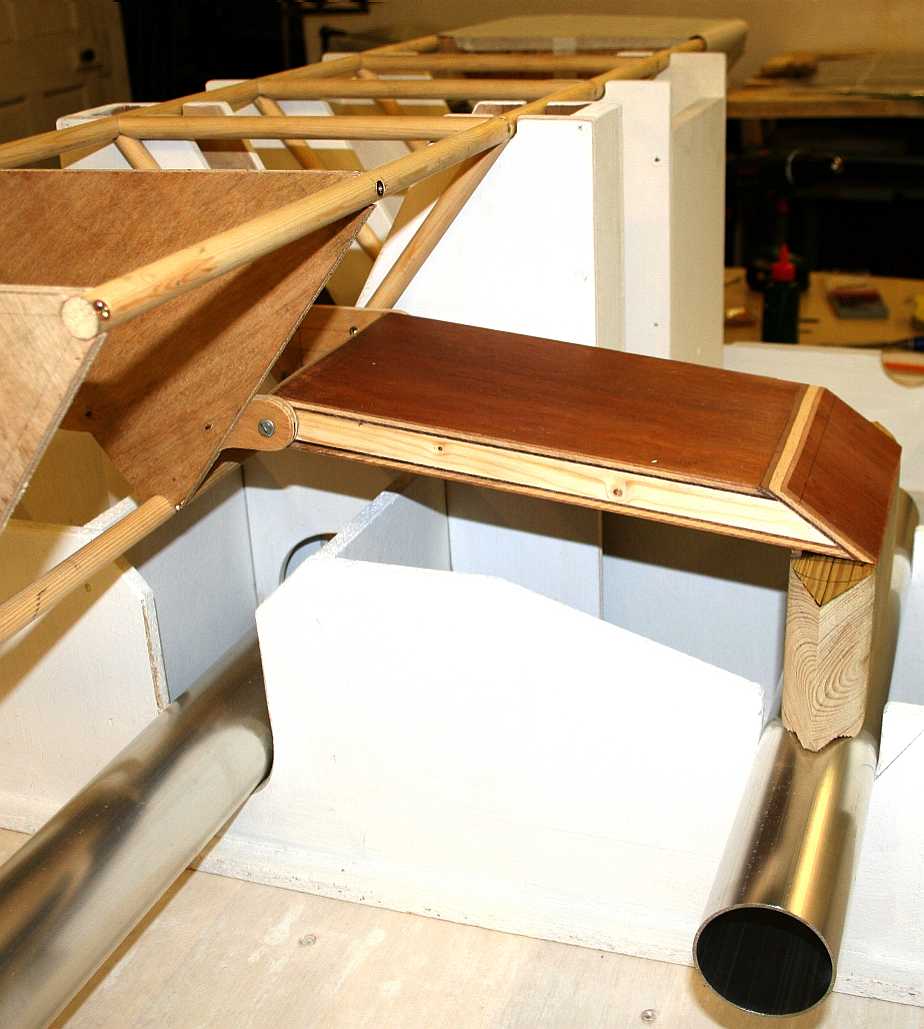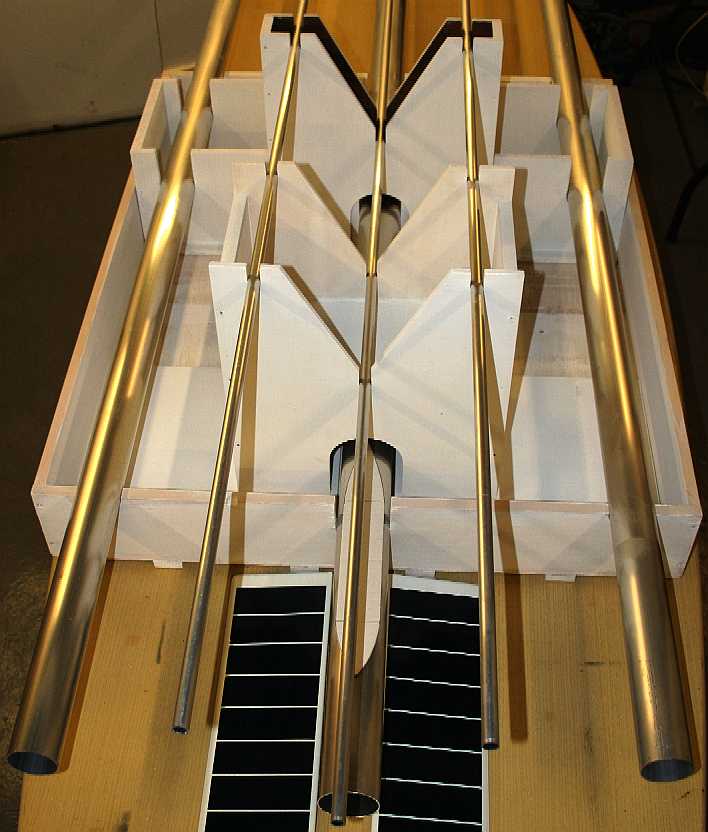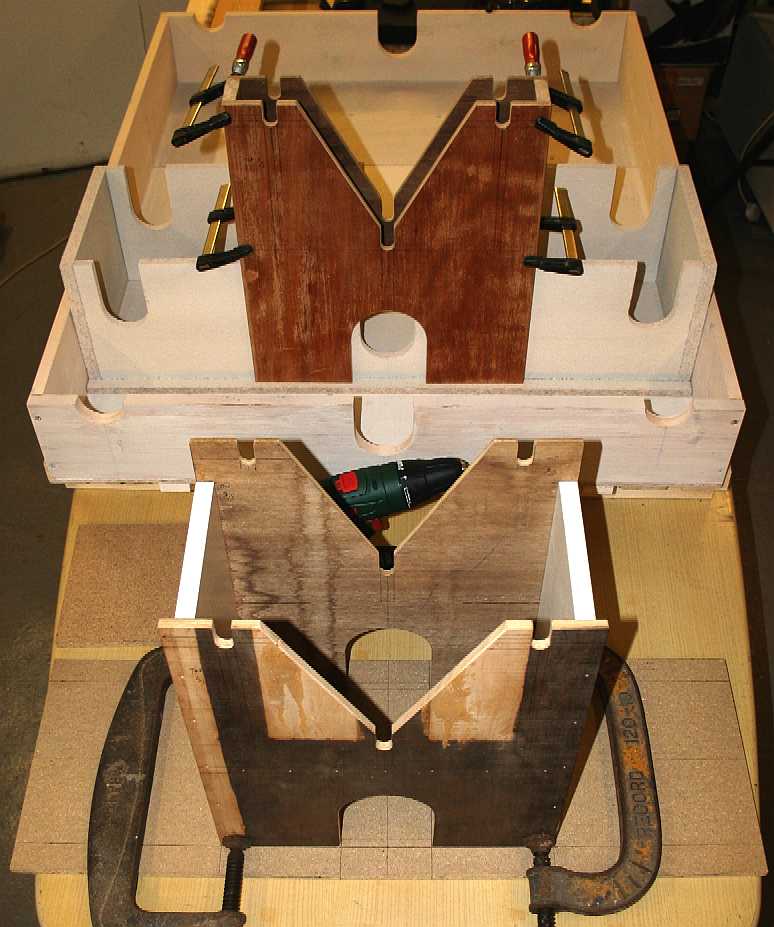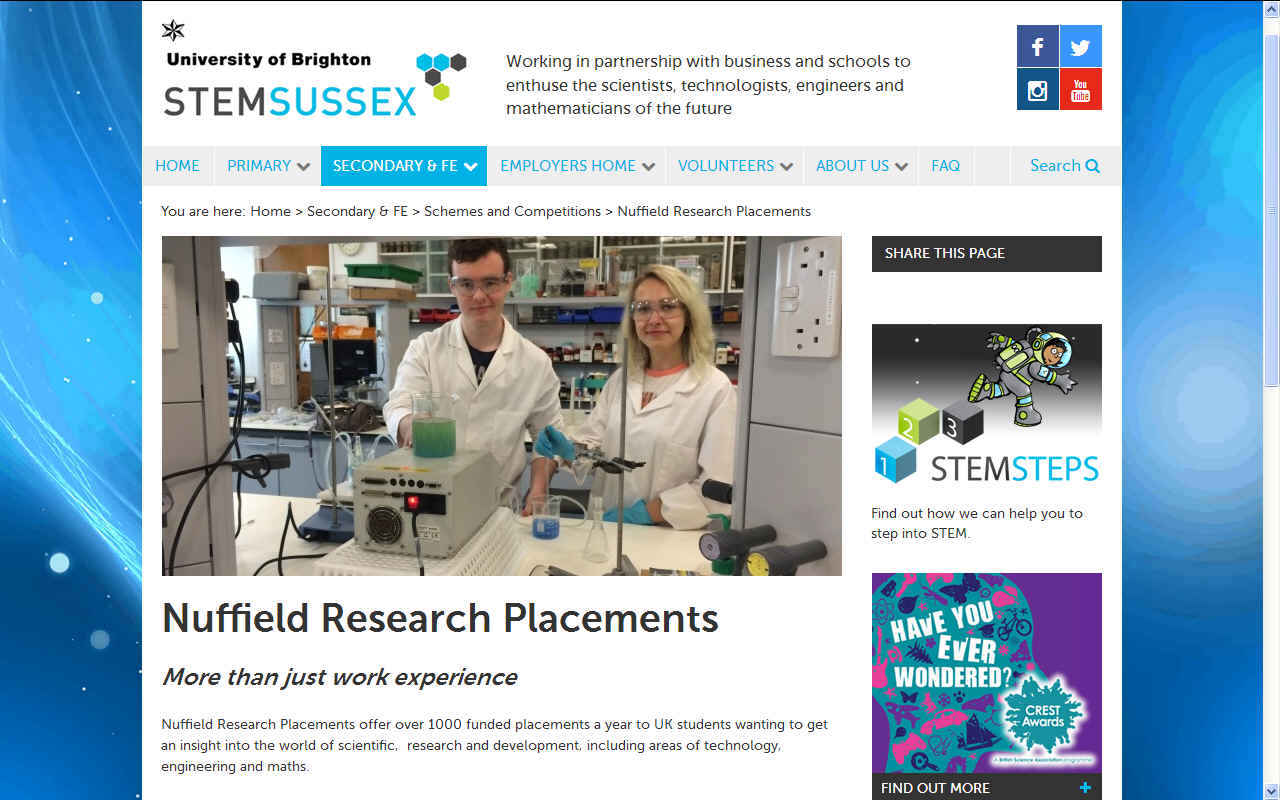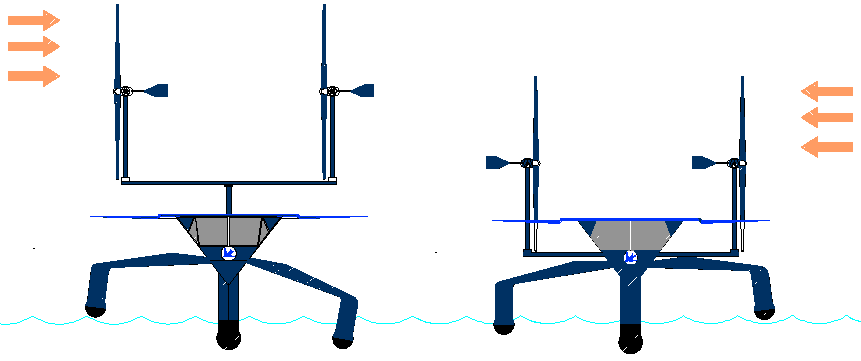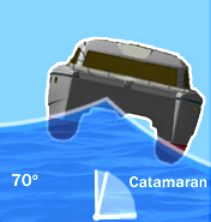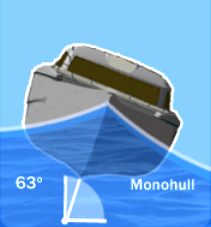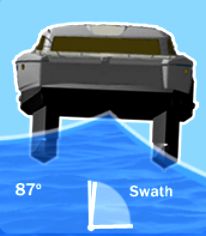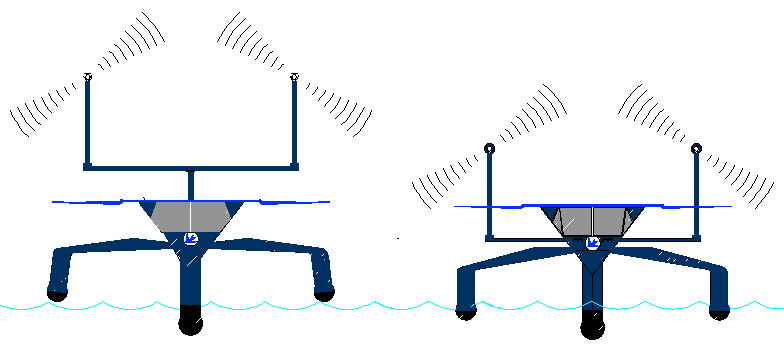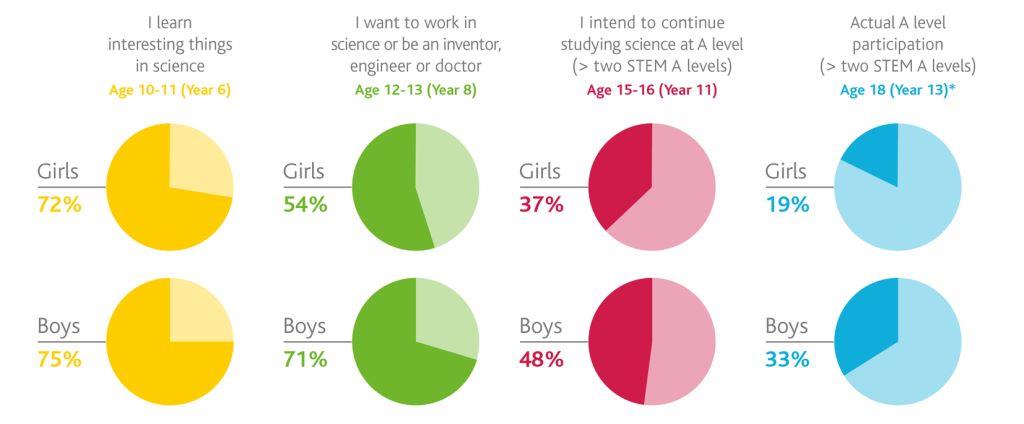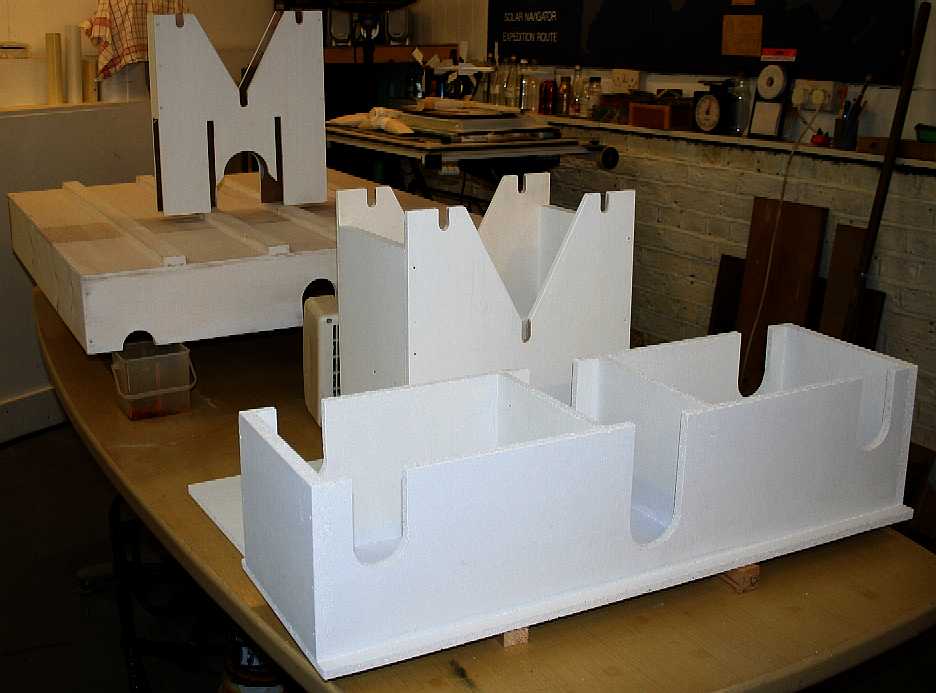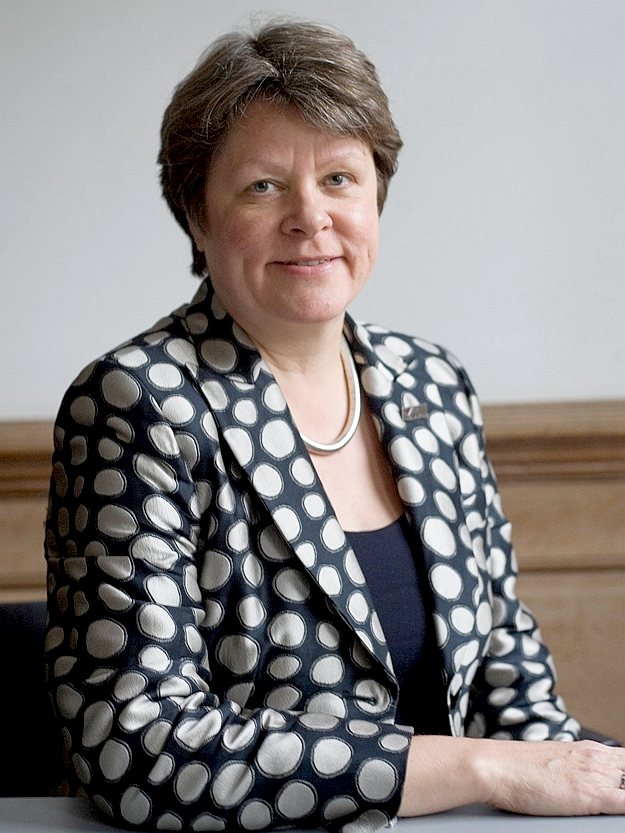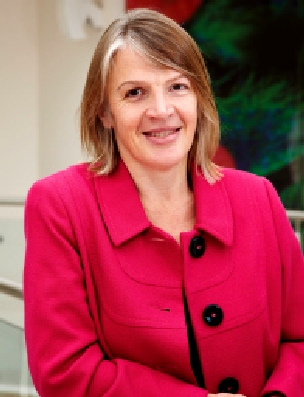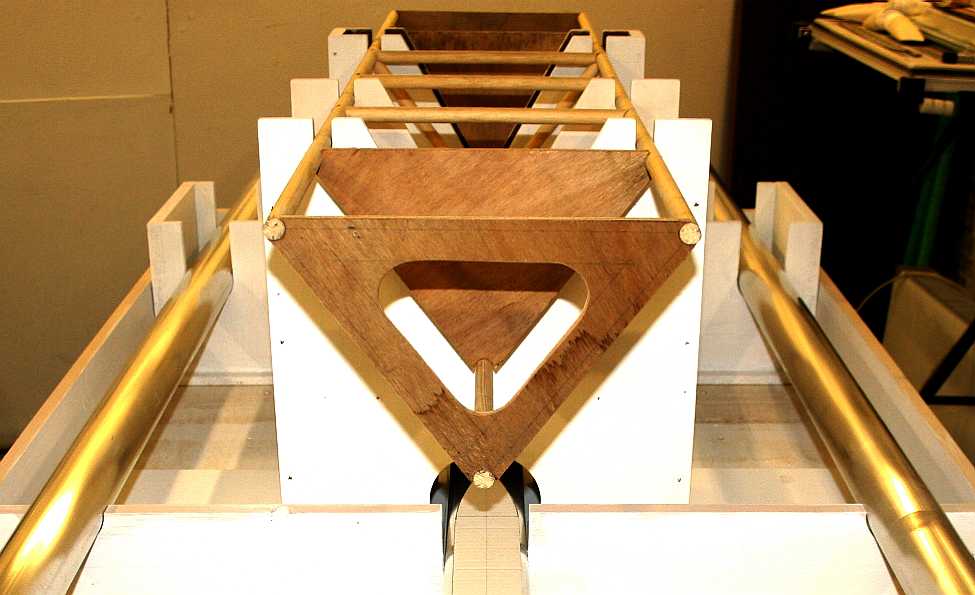|
STEM - Solar Powered Low Drag Hull Concept
ABOUT - CONTACTS - FOUNDATION - HOME - A-Z INDEX
SOLAR COUSINS - Raphaël Domjan has long been an advocate of renewable energy, finally realizing his dream in 2005, when he set up an association with people able to help him develop the PlanetSolar project. Five years later, a catamaran 35 metres long, 23 metres wide, with solar panels covering a surface of 537 m2 was launched.
In May of 2012, PlanetSolar, the world's largest solar powered boat set the first ever record for a solar powered circumnavigation.
The leader of the PlanetSolar project and one of the skippers was adventurer Raphael Domjan, a friend to the SeaVax project and an advocate of clean solar energy for ocean transport.
Like our friend Raphael, we are always looking to improve on our work. One way of doing this is to take ideas and put them into practice. The hull design on this page marries solar and wind energy together - the aim being to improve the performance of low carbon shipping to help in the war against climate change, or if you prefer, to develop ocean transport that is sustainable and does not rely on fossil fuels that are damaging to the natural world.
SUSSEX SHIP PROJECT - Imagine a hull that uses hardly any energy to glide through the waves - and better still - uses only clean renewable energy as the means of propulsion. This is such a concept in principle, but the Cleaner Ocean Foundation does not have the time or manpower to dedicate to developing this concept.
That said, the Cleaner Ocean Foundation could dedicate four-six weeks of mentor time to this project - aiming for completion of this unique hull form in four weeks by STEM students who are looking for some practical experience.
If you like the idea of floating a hull like this, you will have the services of a welder/fabricator to show you how to join thin-wall aluminium alloys, and a stock of materials to complete the build of a 1/20th scale tank test (proof of concept) model. You will also get to float the model you have made, adjust the buoyancy and trim for the most efficient (perfect) running compromise and record you results - indeed - that is the quest.
SPACE FRAME - This hull design is extremely light, based on a space frame to support the energy harvesting apparatus. Starting with the jig shown in these pictures you will fabricate a hull in aluminium tubing and sheet metal as per AutoCAD drawings of this vessel that you will have access to and may amend as you proceed with the build, should you identify any improvements or necessary adjustments.
1. In the first week you (your team) will measure and cut alloy tubing, place into the jig and tack in place, then when the frame is true, proceed to join using TIG welding equipment. There is a wooden master against which to compare results seen in the pictures above and below. You'll be using state of the art R-TECH inverter welders.
You will also learn how to produce scale boat parts as one offs as foam masters to be covered in glass or carbon fibre reinforced epoxy resin, then produce nose and tail cones to complete the floating hull sections.
You will calculate the mass of the vehicle and make sure that the all-up hull weight is within design parameters so that when complete the boat floats at the correct waterline level. This is very important with any boat, but more so when using a displacement design where one hull runs submerged.
The objective is to produce a hull with a power to weight ratio that will allow cruising speeds of 10 knots continuously running only on solar and wind power.
2. In the second week you will draw out patterns on paper (loft) and transfer these to aluminium sheet as developments to be folded (formed) and riveted to make the superstructure, and active leg sections. This is a hand crafting experience, rather than an assembly of factory tool pressings - to show you some of the traditional skills of vehicle production.
Unlike other trimarans, this hull design has moving parts that allow the vessel to trim itself in heel conditions to counteract strong side winds that we want to be able to harvest using a wind turbines.
We also want to be able to harvest solar energy with large arrays of PV panels. These panels will generate significant roll forces in high winds if not at the correct angle. In addition, the flat collector areas need to face the sun for as much time as possible - when it is safe to do so. You will need to write a differential program to enable these panels to track the sun, though off the shelf tracking units are available, and you can incorporate these if time is running short. High power servos will move the panels to track the sun.
You will need to write a program for an onboard Arduino and a digital clinometer (a sensor that measures angle change) to vary the displacement of two out-rigger hulls, to counteract side forces such as to keep boat roll to acceptable limits.
A second program needs to be written to increase and reduce the height of the wind turbines to keep the operational speed of the turbines within acceptable limits. You will not know what is acceptable until the hull is in the water for tank tests.
3. In the third week you will finish the vessel in white paint, learning how to prepare metals, etch prime and topcoat using spray painting equipment in a ventilated booth with filtration masks. Allow two days for this. You will mark the hull of the vessel with calibrated lines for known sideways forces that you will generate with wind fans. This will allow the observing researchers and recording cameras to see how the hull reacts in harsh conditions and trim the active elements for safe running.
4. In week four you will probably get wet using our test tank to conduct wind tests and measure the angle of heel of the hull in high winds.
5. If you have not been able to complete the tasks above and have the time to give for a fifth week you will be able to have more time to run and re-run any tests that were not conclusive so as to enhance your data library and make it into a design tool for the development of a full size prototype.
6. Again, if you have not managed to complete the build and floatation - or you have and would like to film the hull in action, then you can have another five days using the test tank to shoot footage and make a mini-documentary for Youtube.
We will purchase all parts and materials in advance and host the project and provide meals and drinks during breaks. The above schedule of works is suggested. The Nuffield students will decide for themselves on the logical order of development, explaining why they have decided to change the game plan as part of the innovation challenge, to include innovation team building.
If you choose to accept this mission for 2019, contact STEM Sussex and the coordinators will make the appropriate enquiries for you. See the links below. We can only run two of these projects in any one year due to space and staff limitations.
COF LTD STEM PROJECTS:
ABOUT STEM - BOAT HULL LOW CARBON DESIGN - ELECTRIC SPORTS CAR GULL WING DESIGN
WHAT
ARE NUFFIELD PLACEMENTS?
Who can be a project provider?
How much does it cost?
What are the benefits?
BRIGHTON UNI - Our point of contact in the UK is Brighton University, a great bunch and very enthusiastic, as are we, about making education fun. It should be fun to learn.
STEM SUSSEX FAQS
Who on the team should I speak to?
STEM Sussex is made up of a small and dedicated team. If you are not sure who you need to speak to about a particular event or project, have a look at our staff biography for the who’s who of STEM Sussex.
What are STEM Ambassadors?
STEM Ambassadors are volunteers with a STEM background who give up time to inspire the next generation. They are a FREE resource for schools. To find our more or to request Ambassador support please visit:
www.stemsussex.co.uk/volunteers/stem-ambassadors/stem-ambassadors-schools How do I get involved in the Big Bang Fair South East?
The Big Bang Fair is an exciting, interactive event that’s loads of fun, but with serious careers messages underpinning it all. Students aged 9-19 can meet representatives from local employers and PEIs and see what a future career in STEM might look like. They’ll take part in a range of interactive workshops, shows and activities and get to try new things.
If you want to get more information and register to attend:
www.stemsussex.co.uk/secondary/whats-on-1/big-bang-fair-south-east/.
Are there other Big Bang events closer to me?
Big Bang events are vibrant days enthusing the next generation with interactive table top activities which highlight the depth and range of career possibilities. For Big Bang @ events near you, please visit: http://nearme.thebigbangfair.co.uk/regions/704
Am I eligible for free STEMfest activities?
Currently schools in Crawley, Coastal West Sussex and East Sussex can get involved in their local STEMfests. Unfortunately, schools outside these regions don’t have a dedicated STEMfest (yet!) but can attend free events, such as the Big Bang Fair South East.
Interested in a STEMfest in your region? We can support you to deliver a programme with a proven track record.
Contact us to discuss. stemsussex@brighton.ac.uk
ABOVE LEFT: The boat shown above has mid-range (partially) raised turbines in a high beam wind (they can go much higher), the vector causing roll to port, where the vessel is shown heading towards us. In addition, the solar arrays are tilted down on the starboard side and up on the port side, which causes additional air drag, hence heeling to port. The autonomous trimming system compensates for this running condition using the active outriggers, by raising the starboard outrigger out of the sea and lowering the port into the sea. The main hull of the vessel then remains vertical and the yacht can continue to harvest more energy from nature than it might had the outriggers not been moveable and designed to compensate in this manner.
ABOVE RIGHT: A similar situation applies in this depiction, except that the wind is faster, as in a storm and coming from the port side, causing roll to starboard. With the wind speed much higher, the turbine boom needed to be lowered to reduce roll, while the port outrigger has been raised out of the sea, to effect vertical running. By this means the ship can trim itself to harvest as much energy from the wind as it is safe to do, while still maintaining comfortable conditions for a crew - or if unmanned, simply to maintain a higher average mission speed.
What is a CREST Award?
www.stemsussex.co.uk/primary/competition-calendar/
The CREST Awards scheme is the British Science Association’s flagship programme for young people, providing science enrichment activities to inspire and engage 5-to-19-year olds. It is the only nationally recognised accreditation scheme for project work in science, technology, engineering and mathematics (STEM) subjects.
CREST gives students the chance to participate in hands-on science through investigations and enquiry-based learning. It can be run in schools, clubs, youth groups, other organisations or at home. They are well regarded, high quality and a tangible recognition of success.
There are five CREST Award Levels, allowing students to progress through the scheme throughout their education.
For primary schools visit here: www.stemsussex.co.uk/competition/crest-star-award For secondary schools visit here:
www.stemsussex.co.uk/secondary/schemes-and-competitions/crest-awards/
When considering vessels that are powered by energy from nature, it is just as important to keep the hull stable, as it is to reduce drag. This is because, at 63 degrees of roll in 6 feet waves, solar panels will lose a good deal of the incoming solar radiation - and that makes monohulls an unattractive proposition for a solar powered boat. A catamaran is much better at 70 degrees, but a SWATH or SWASH hull is the ultimate with just 13 degrees of roll for a tracking system to cope with. Bonza mate. One day we (someone) might achieve funding to do the basic research that is needed to prove the concept.
What can my school do for our STEM day or theme week?
Cost is always a factor when planning a STEM enrichment day or theme week. Here are some suggestions you could consider to make it as affordable as possible.
Our in-school Enrichment Activities are run at cost price. Have a look at the Primary or secondary activity areas on our website. We can discuss ways of making the activity affordable for your school or adapting it for your school's needs.
If you are a primary school, consider doing a CREST Star Award please visit http://www.crestawards.org/run-crest-awards/crest-star/. Free resources for KS1 and KS2. For all schools – visit our ideas and inspiration area. You can filter by subject area and Key Stage to find something to suit your school’s needs.
Why not enter a competition to win some amazing prizes for your school. For the primary competition calendar, click here. For the secondary competition calendar, click here.
Plan your theme week or STEM day to coincide with your nearest STEMfest. Currently schools in Crawley, Coastal West Sussex and East Sussex can get involved in their local STEMfests.
Unfortunately, schools outside these regions don’t have a dedicated STEMfest (yet!) but can attend free events, such as the Big Bang Fair South East.
Can you help us find work experience for our students?
We coordinate the popular Nuffield Research Placements scheme in Sussex and Hampshire, for year 12 students, but unfortunately we do not have the resources to support work experience other than this, and for data protection reasons are unable to share details of our contacts. Occasionally companies will email us offering work experience, and in these instances we will advertise it via our school newsletter. To subscribe to our monthly newsletter please sign up here.
What’s going on this year?
We have events and activities running throughout the year. There are several ways you can keep in touch: Visit the ‘what’s on?’ section in the primary or secondary school area:
Alternatively, you can follow us on social media:
Twitter: stemsussex Facebook: stemsussex1 Blog: http://blogs.brighton.ac.uk/stemsussex/
Sign up for our monthly newsletter: Teacher newsletter
EMPLOYERS
What activities, schemes and events do you run?
STEM Ambassadors are volunteers with a STEM background who give up time to inspire the next generation. Become an Ambassador or support your employees' participation in the STEM Ambassador programme. STEM Ambassadors motivate young learners whilst developing their own communication, presentation and planning skills. It is a fantastic way to promote your company within your local community. For more information please visit:
www.stemsussex.co.uk/volunteers/stem-ambassadors/stem-ambassadors-companies
Big Bang @ events - Each STEMfest (see below) culminates in a Big Bang event, a vibrant day enthusing the next generation with interactive table top activities which highlight the depth and range of career possibilities. For Big Bang @ events near you, please visit:
http://nearme.thebigbangfair.co.uk/regions/704
STEMfest is a series of free workshops, activities and shows that take place in schools, colleges, in the community and with local employers. There are now several STEMfests across the South East that showcase the latest STEM innovations, careers and opportunities. As an employer, there are lots of ways to get involved. For More information about Crawley, Coastal, East Sussex and Lewes please visit http://www.stemfest.co.uk/
Nuffield Research Placements offer over 1000 funded placements a year to UK students wanting to get an insight into the world of scientific, research and development, including areas of technology, engineering and maths.
Placements are offered to students in Year 12 studying STEM subjects and last four to six weeks, in universities, industry or research institutions during the summer holidays.
There are no upfront costs to prokect providers. ll we ask you to offer is the premises and you/your staff's time to supervise the students. The students' travel costs are covered and there is an additional bursary for those from low income backgrounds.
For more information please visit:
www.stemsussex.co.uk/secondary/schemes-and-competitions/nuffield-research-placements/providers
The Engineering Education Scheme (EES) in England & Scotland is an EDT Programme which links teams of talented and motivated Year 12 (age 16/17) students and their teacher with local companies to work on real, scientific, engineering and technological problems. The scheme runs from October to April each year.
Working with young people on the EES makes a huge difference to your business. EES students offer a fresh perspective and can support skill development of existing employees. If you are an employer and want to work with talented and motivated students please visit:
www.stemsussex.co.uk/employers/how-to-get-involved/engineering-education-scheme/
What are STEM Ambassadors?
STEM Ambassadors are volunteers with a STEM background who give up time to inspire the next generation. Become an Ambassador or support your employees' participation in the STEM Ambassador programme. STEM Ambassadors motivate young learners whilst developing their own communication, presentation and planning skills. It is a fantastic way to promote your company within your local community. For more information please
visit: www.stemsussex.co.uk/volunteers/stem-ambassadors/stem-ambassadors-companies/ What is the Nuffield Research Placement Scheme ?
Nuffield Research Placements offer over 1000 funded placements a year to UK students wanting to get an insight into the world of scientific, research and development, including areas of technology, engineering and maths.
Placements are offered to students in Year 12 studying STEM subjects. Through the scheme, students get the opportunity to work alongside practicing scientists, technologist, engineers and mathematicians in the workplace. Placements last four to six weeks, in universities, industry or research institutions during the summer holidays.
There are no upfront costs to project providers. ll we ask you to offer is the premises and you/your staff's time to supervise the students. The students' travel costs are covered and there is an additional bursary for those from low income backgrounds.
For more information please visit:
www.stemsussex.co.uk/secondary/schemes-and-competitions/nuffield-research-placements/providers What do I need to know about the Engineering Education Scheme?
The Engineering Education Schem(EES) in England & Scotland is an EDT Programme which links teams of talented and motivated Year 12 (age 16/17) students and their teacher with local companies to work on real, scientific, engineering and technological problems. The scheme runs from October to April each year.
The scheme provides students with an in-depth experience in science, engineering and technology that will enable them to make an informed decision about their future studies and career.
Working with young people on the EES makes a huge difference to your business. EES students offer a fresh perspective and can support skill development of existing employees.
If you are an employer and want to work with talented and motivated students please visit
www.stemsussex.co.uk/employers/how-to-get-involved/engineering-education-scheme/
VOLUNTEERSWhat are STEM Ambassadors?
STEM Ambassadors are volunteers with a STEM background who give up time to inspire the next generation.
They cross all ages and backgrounds, representing thousands of different employers across the UK. Our Ambassadors include apprentices, zoologists, set designers, climate change scientists, engineers, farmers, geologists, nuclear physicists, and architects. They help to open the doors to a world of opportunities and possibilities which come from pursuing STEM subjects and careers. They not only inspire young people; they also support teachers in the classroom by explaining current applications of STEM in industry or research.
If you are an individual and want to know more, please visit:
www.stemsussex.co.uk/volunteers/stem-ambassadors/stem-ambassadors-individuals/
If you are an employer and want to get your company involved: www.stemsussex.co.uk/volunteers/stem-ambassadors/stem-ambassadors-companies/
Alternatively, get in touch with us to find out how we can help you inspire your young people or to find out more about motivating young people by becoming a STEM Ambassador. Contact Daniel Hawkins on 01273 644750 or email him via ambassadors@brighton.ac.uk.
How do I get involved in the Big Bang Fair South East?
The Big Bang Fair is an exciting, interactive event that’s loads of fun, but with serious career messages underpinning it all. Students aged 9-19 can meet representatives from local employers and PEIs and see what a future career in STEM might look like. They’ll take part in a range of interactive workshops, shows and activities and get to try new things.
If you are an volunteer and want to get involved with providing an activity or sponsorship, please contact: southeast@thebigbangfair.co.uk
ABOUT STEM UK
STEM Learning is the largest provider of education and careers support in science, technology, engineering and mathematics (STEM). According to the Guardian, approximately 40,000 science, technology, engineering and mathematics (Stem) jobs go unfilled every year. There is no way we can generate the number of scientists and engineers the economy requires without tackling this problem. The truth is, Britain can't afford to discriminate. That's why we need to start closing the gender gap now.
LINKS & REFERENCE
https://www.stem.org.uk/ http://www.nuffieldfoundation.org/ https://sussexstem.com/ https://www.theguardian.com/careers/careers-blog/myths-keeping-women-out-of-stem http://www.coastalstemfest.co.uk/ https://www.gatwickairport.com/business-community/community-sustainability/education/stem/ http://www.crawleynews24.co.uk/gatwick-hosts-lego-robotics-tournament-with-stem-sussex/ https://www.brighton.ac.uk/careers/volunteering/stem-sussex/index.aspx
This website is provided on a free basis as a public information service. copyright © Cleaner Oceans Foundation Ltd (COFL) (Company No: 4674774) 2018. Solar Studios, BN271RF, United Kingdom. COFL is a charity without share capital. The names AmphiMax™, RiverVax™ and SeaVax™ are trade names used under license by COF in connection with their 'Feed The World' ocean cleaning sustainability campaign.
|
